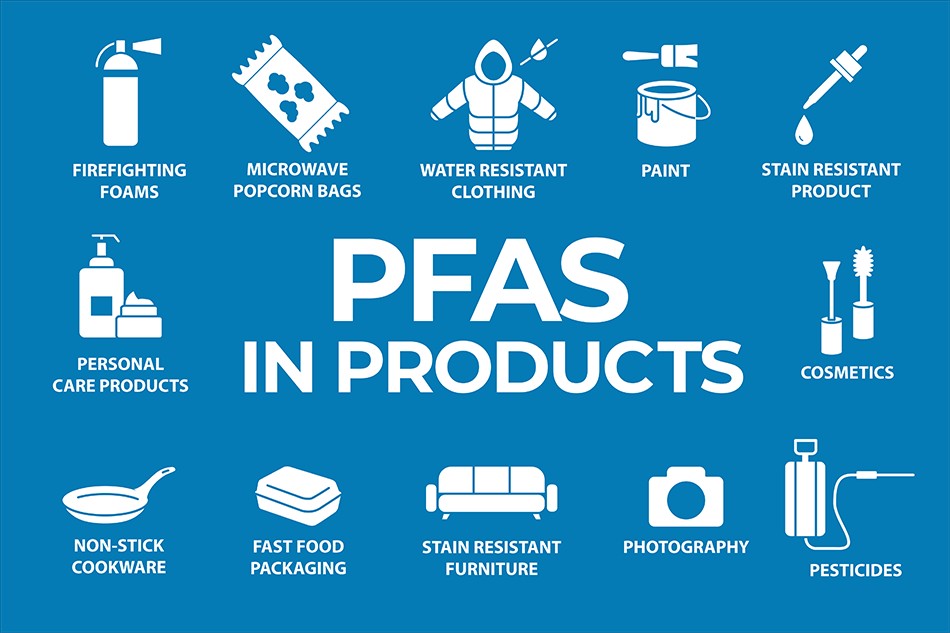Time: 2024-07-31

Scientists in Japan have made a significant breakthrough in the field of chemistry by developing a new method for breaking down persistent chemicals known as Per- and polyfluoroalkyl substances ( PFAS ) . PFAS are a class of chemicals that are widely used in various commercial applications due to their exceptional stability and resistance to water and heat . However , the strong carbon - fluorine bonds in these chemicals make them resistant to breaking down , leading to their accumulation in the environment and potentially harmful effects on human health.
The new method , developed by scientists at Ritsumeikan University in Japan , involves the use of semiconductor nanocrystals of cadmium sulfide ( CdS ) and copper - doped CdS in a solution that also contains water , triethanolamine ( TEOA ) , and the PFAS chemicals . When exposed to LED lights at specific wavelengths , the nanocrystals become excited and cause the PFAS molecules to stick to their surface . At the same time , electrons are generated in the solution , leading to the removal of fluorine ions from the PFAS molecules and breaking down the strong carbon - fluorine bonds.
Tests have shown that this method can break down 100 % of specific PFAS chemicals in a matter of hours , at a temperature far cooler than traditional methods usually require . The technique not only eliminates the harmful chemicals but also recovers the fluorine ions for reuse in other industrial applications . The research was published in the journal Angewandte Chemie International Edition , highlighting the potential of this innovative approach to addressing the challenges posed by persistent chemicals.
The development of this new method comes at a time when the environmental and health impacts of forever chemicals , such as PFAS , are becoming increasingly concerning . These chemicals have been linked to various health conditions , including diabetes , fertility issues , cancers , and immune system disruptions when they accumulate in the human body . Their resistance to breaking down in the environment has led to their widespread presence in water , soil , and even the human body , raising alarm bells among researchers and policymakers.
The innovative approach developed by the scientists at Ritsumeikan University offers a promising solution to the challenges posed by PFAS and other persistent chemicals . By utilizing visible LED light and semiconductor nanocrystals , the method achieves a high breakdown efficiency of PFAS chemicals at room temperature , significantly reducing the energy and temperature requirements compared to traditional methods . The recovery of fluorine ions further enhances the economic and environmental sustainability of the process , paving the way for a more efficient and eco - friendly approach to dealing with persistent chemicals.
The development of this new method holds significant implications for the field of chemistry and recycling , particularly in the context of addressing forever chemicals and other persistent pollutants . By utilizing visible LED light and semiconductor nanocrystals , the process offers a gentle and effective way to decompose PFAS chemicals under mild conditions , contributing to the establishment of a sustainable fluorine - recycling society . This innovative approach not only addresses environmental concerns but also supports the development of recycling technologies for fluorine elements , which are critical components in various industries.
The potential for this method to break down PFAS chemicals at room temperature using visible light represents a significant step forward in addressing the challenges posed by persistent chemicals . As researchers continue to explore new methods and technologies for dealing with environmental pollutants , the development of innovative solutions like this offers hope for a more sustainable and environmentally friendly future . By seizing the opportunity to bring this technique to commercial viability , we can pave the way for a cleaner and healthier planet for future generations.